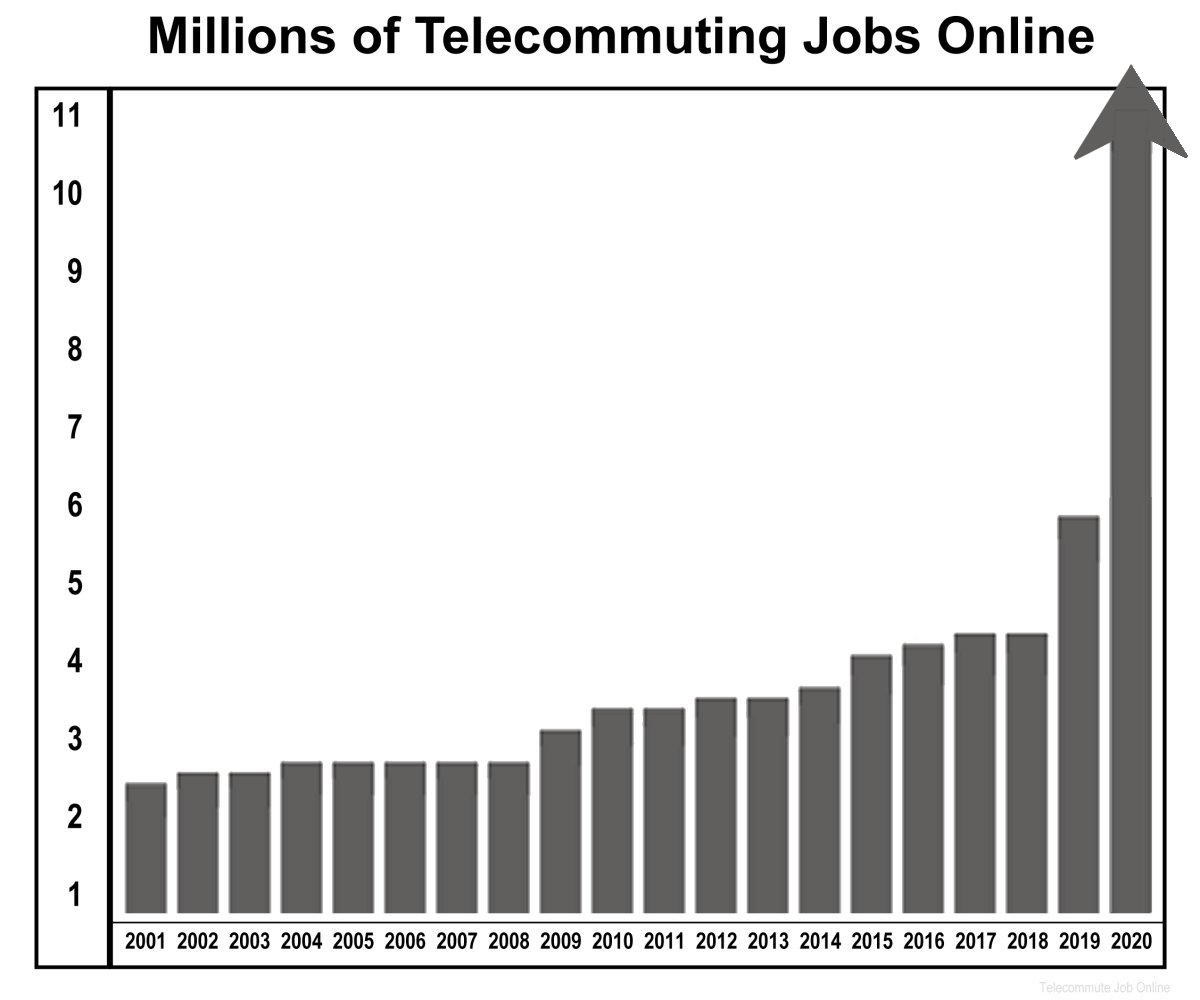If you worked in an office or other on-site location job which has transitioned into telecommuting, there are important things to keep in mind. There is a lot of talk about what to do to be a good telecommuter but rarely are you cautioned about the things not to do. Being caught doing any of these things could mean the end of your remote working career.
Top 5 Things Not to Get Caught Doing as a Telecommuter
1. Disregarding How it Was
The less dissimilar you can keep your work environment when working from home from on-site work, the better. Of course, you are no longer at the office, so there is a great deal of difference, but try to keep the way you go about conducting your business tasks as similar to the way you would conduct yourself when working on-site. Keep your daily routine as similar as possible.
2. Babysitting
Okay, it is not babysitting unless it is someone else’s kids, but do not be caught being the childcare provider when you should be on-the-clock working. It is nearly impossible to be fully functional while maintaining a positive level of job performance while trying to manage one or more children at the same time. Find someone to take the responsibility of looking after your children while you are working. They could still be in your home, where you will be working, but do not let them distract you, and enjoy the extra time you have to be with them while on break periods.
3. Working in Bed
Yu are telecommuting, you can work anywhere, right? Technically, “Yes,” you can work anywhere and in any state of undress that suits you (even naked) but by becoming too lax in your work efforts, like working in bed, your pajamas, the hot tub, or sprawled out on the sofa, you are not projecting the right kind of energy into your work, and sooner or later, your job performance will decline because of it.
So, create a separate “office space” for you to perform your job tasks. It doesn’t have to be a separate office if space does not permit (but the more separation, the better), but a unique spot with a chair that you can sit upright in would be good. Decorate it any way you want, like you might your own cubicle at work. Just make sure this space, wherever it is, is reserved for work only, and your performance levels will not falter.
4. Allowing Interruptions
Just do not do it. Do not allow the kids, the dog, your spouse, your friends, or your family to interrupt you when you are working from home. I know, the temptation is there. Normally when you are at home you are accessible simply by being present. You need to establish boundaries and let your people know that when you are at your home office space and you are working, they need to wait their turn(s).
5. Being Unconscious of Noise
When you are working from home it is easy to get used to the ambient noise that surrounds you. Your conscious mind just sort of blocks it out, but if you are on a conference call, everyone can hear that noise, the kids in the background, the dogs, the washer, the TV in the next room, and it can all be very distracting.
You may not be able to eliminate the noise altogether, but maybe you could find a remote location, like a closet, that you can use for a phone booth of sorts. If not, then at the very least, you can apologize for the uncontrollable noise and mute your mic or phone until it is your turn to speak.
Keep doing the best you can, and we will all get through this, as we emerge into the new normal together.







